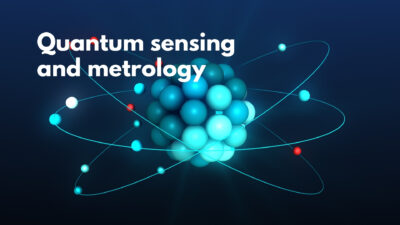This article explores different types of atomic clocks and their uses, focusing on rubidium, hydrogen maser, and emerging nuclear clocks. Rubidium clocks are small, affordable, and widely used in GPS systems, telecommunications, and scientific research due to their accuracy and portability. They work by using microwaves to excite rubidium atoms in a vapor cell and locking the microwave frequency to the resonant frequency of the atoms. While not as accurate as cesium or optical clocks, they are sufficient for most practical applications.
Hydrogen masers provide extremely stable timekeeping over short periods and are used in precision measurement labs and some satellite systems. They operate by stimulating hydrogen atoms to emit microwaves at a precise resonant frequency. Chip-scale atomic clocks, developed in the early 2000s, have made atomic timekeeping even more portable and energy-efficient, with applications ranging from GPS navigation to oil exploration.
Looking ahead, scientists are exploring nuclear clocks based on quantum jumps within the nucleus of thorium atoms. These could offer unprecedented accuracy and stability by using ultraviolet lasers to measure tiny energy shifts in the nucleus. While still years away from practical use, this research has made significant progress, with recent experiments successfully exciting nuclear transitions for the first time.
Source: https://www.nist.gov/atomic-clocks/how-atomic-clocks-work/clocks-galore
Keywords: atomic clocks, rubidium clocks, hydrogen maser


